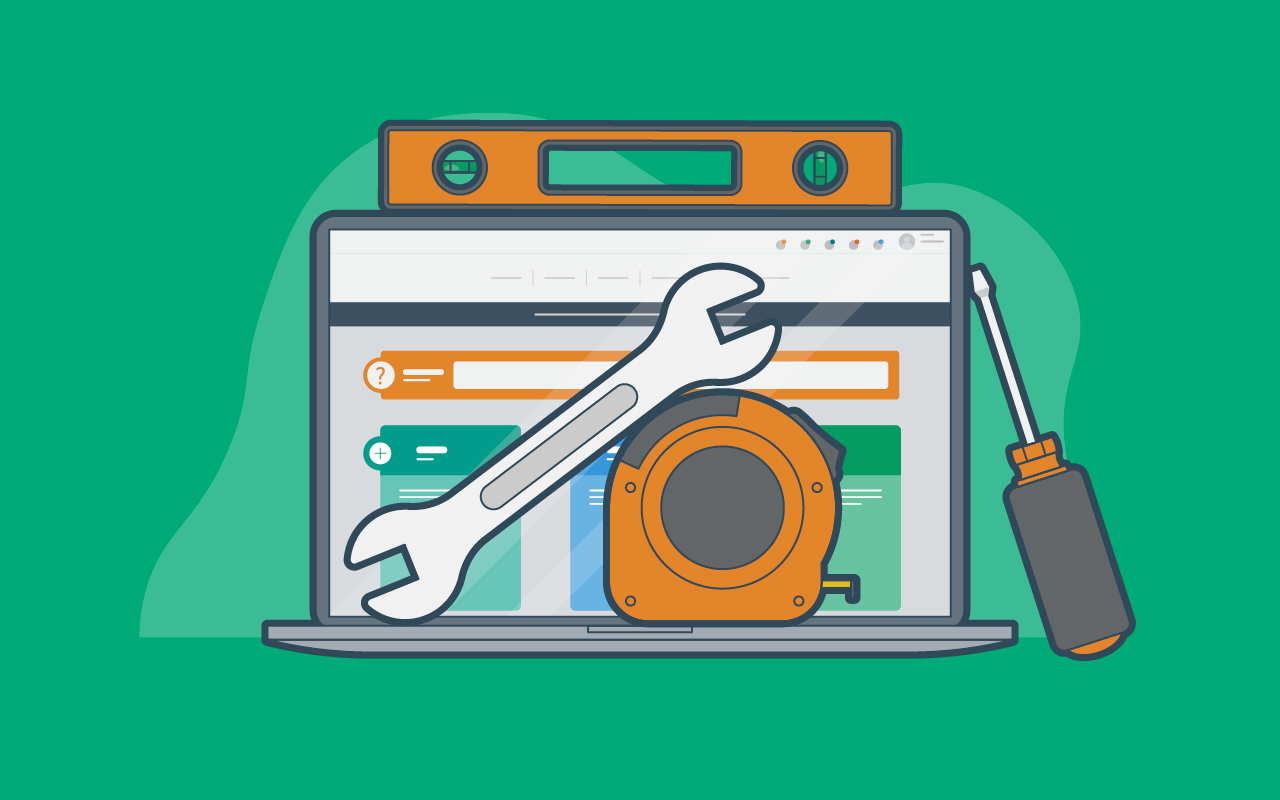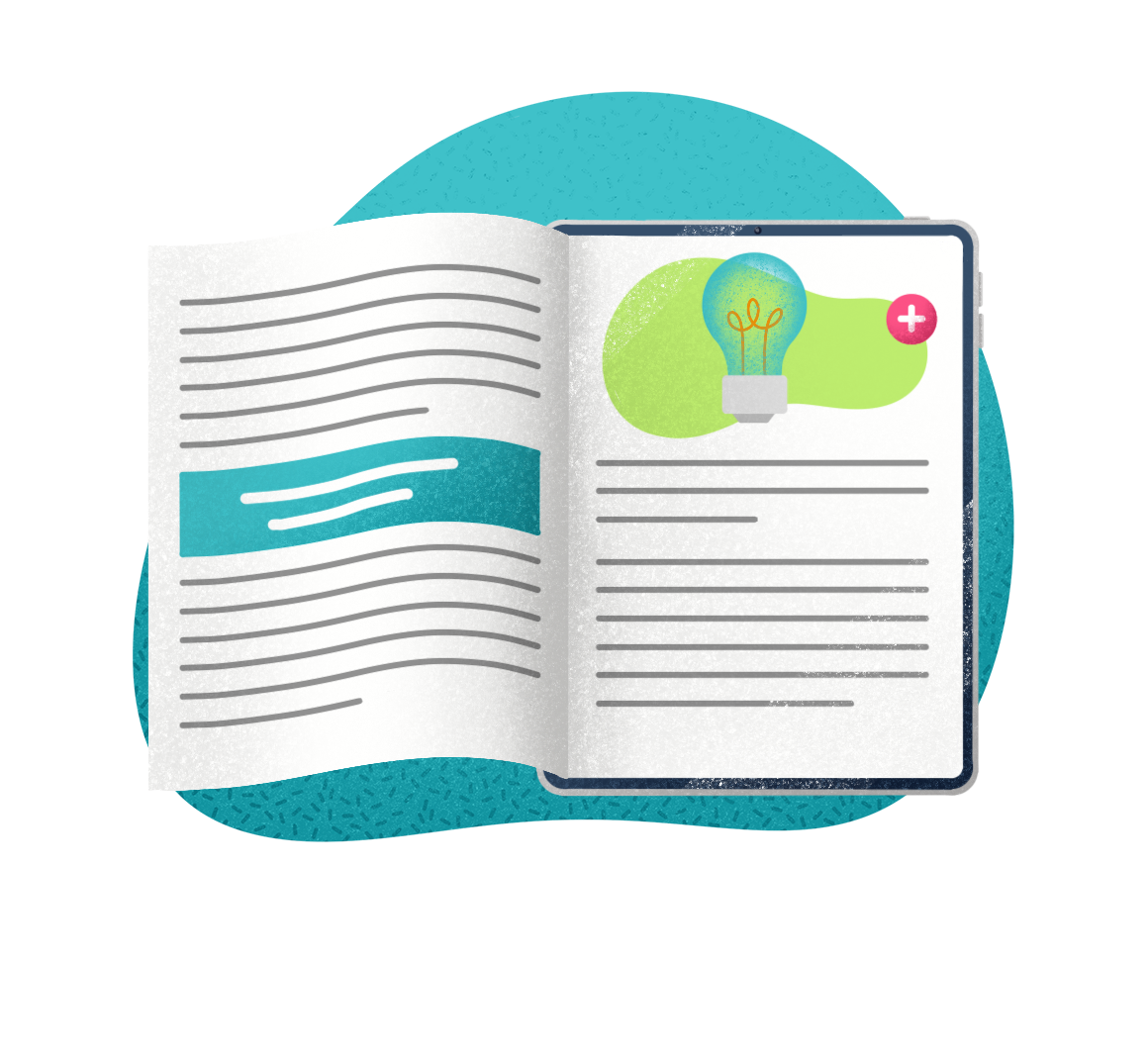In the past few months, we’ve talked at length about why modern service management is so crucial, and for good reason. The numbers don’t lie, prior to 2020 digital transformation was progressing in 73% of organizations, according to Omdia. As the rates of digital transformation rise so do the number of support tickets, according to recent data. On top of the rising ticket volume, a recent survey found that over 50% of workers are routinely unable to find the answers they need to do their jobs.
Service desk agents need the right tools and knowledge to keep their heads above water and make progress on important projects. So, what’s the answer? Modern service management.
Modern service management can take your service desk from a reactive to a proactive model, effectively helping your agents better handle tickets while still avoiding letting incidents get out of hand and becoming larger problems. But modern service management isn’t a vague catch-all term. There are a few crucial tools to have in your modern service management toolbox.
6 Must-Have Tools for the Modern Service Management Toolbox
There are a few must-have tools for every modern service management toolbox. Just as you wouldn’t bring a toolbox without a screwdriver, hammer, wrench, and screws or nails, you shouldn’t attempt to modernize your service desk without the following capabilities.
1. Cloud-Based Service Management
Modern service management has evolved to mean different things to different people, but for most it signifies a change in the way that customers of the service desk access their tools and data, and how that change ripples out and impacts their journey. This change can be as simple as shifting to cloud-based service management that is accessible anywhere.
Executives from Microsoft agree, in order to create that change and enable your IT department to continually evolve to create effective organizations, you must embrace cloud-based technology. When you shift from on-prem to the cloud, you are able to quickly and easily push software updates and store data that is accessible from a variety of locations without needing to access a VPN.
2. AITSM Capabilities
Modern service management doesn’t stop with cloud-based IT service management. It should also include AITSM. Think of it this way – you wouldn’t have a hammer that doesn’t have a handle; AITSM is the handle to the cloud-based ITSM tool.
Gartner introduced the concept of AITSM to cover all the efforts needed to introduce AI and automation into an organization. AITSM is ITSM driven by intelligent automation to assist with tasks, requests, and actions in the IT service desk.
A few examples of the critical capabilities of AITSM include:
- Leveraging AI and machine learning to prescribe classification, priority, and knowledge related to an incident
- Proactive identification and remedy of user-issues throughout the organization
- Automated creation of knowledge responses using text analytics and smart data discovery on unstructured data
- Identifying knowledge experts and articles
- Sentiment analysis with machine learning and natural language processing (NLP)
Together, the cloud based ITSM tool equipped with AITSM are the most important tools in the modern service management toolbox.
3. Kanban and Value Stream Mapping
Modern service management happens at the intersection of collaboration and technology. Part of the technology must include features like Kanban views and value stream mapping. These visual components will allow users to connect on ticket resolution and ensure that processes are completely mapped out before implementing AI.
To put it simply, Kanban value stream mapping allows you to see the tasks or items as they flow through the stream, which helps everyone on the service desk understand their role in a ticket’s resolution.
4. Intelligent Analytics and Reporting
Most ITSM tools include simple analytics. However, modern service management requires analytics and reporting that go beyond simple. However, you shouldn’t need a background in coding to be able to design responsive intelligent ITSM dashboards.
Your ITSM dashboards should be accessible anywhere, at any time, to anyone who needs access in the business. Without customizable views and intelligent reporting, it can be more difficult to make strategic decisions, making this an essential tool for your modern service management toolbox.
5. Built-in Agile and ITIL Processes
If you’ve ever worked with a large service desk and service management team, you know how important formal processes are. That’s where ITIL and agile come in to change the service desk for the better.
You might think that ITIL and agile are warring principles, but with the updates in ITIL 4 they are now more cohesive than ever – and together they comprise an essential tool in your modern service management toolbox. Together, these principles and guidelines give your team the framework of formal processes while allowing them the ability to think on their feet – which is a must in post-pandemic life.
6. Self-Service Access
The modern service desk is dealing with more tickets than ever before. How do you help them deal with these tickets while maintaining the same staffing levels? With self-service software. Self-service software goes beyond being part of a service desk’s best practices. Self-service effectively helps tickets shift-left – meaning that you can lower tier-1 calls by 30% and improve time-to-resolution by more than 20%.
To read more about how self-service creates a shift-left initiative, check out this report from HDI.
Why Re-Evaluate Your ITSM Solution?
We’ve talked about the tools for your modern service management toolbox, but what if your ITSM tool doesn’t have these? Should you switch?
In 2019, ITSM.Tools’ survey on the state of ITSM revealed that 84% of respondents thought that working in IT would get harder over the next three years (and that was BEFORE the pandemic). Studies also show that 22% of employees are dissatisfied with the applications provided by their place of business, including ITSM.
That means that despite your best efforts, there is still a pretty sizable sample of employees in any given organization who just aren’t satisfied, which means they are more likely to go around your service desk and try to create solutions on their own (or lurk in the dark of shadow IT). So even if you’ve had your service management product for years, there’s a good chance that some of your team members aren’t fully satisfied. If you find that you’re either overspending on unused features or simply don’t have access to the tools needed for your modern service management toolbox, it’s time to consider your options.
Infographic – The status of SMB IT in 2026
Explore how AI, automation & integrated ITSM/ITAM are reshaping IT strategy—at every scale.


